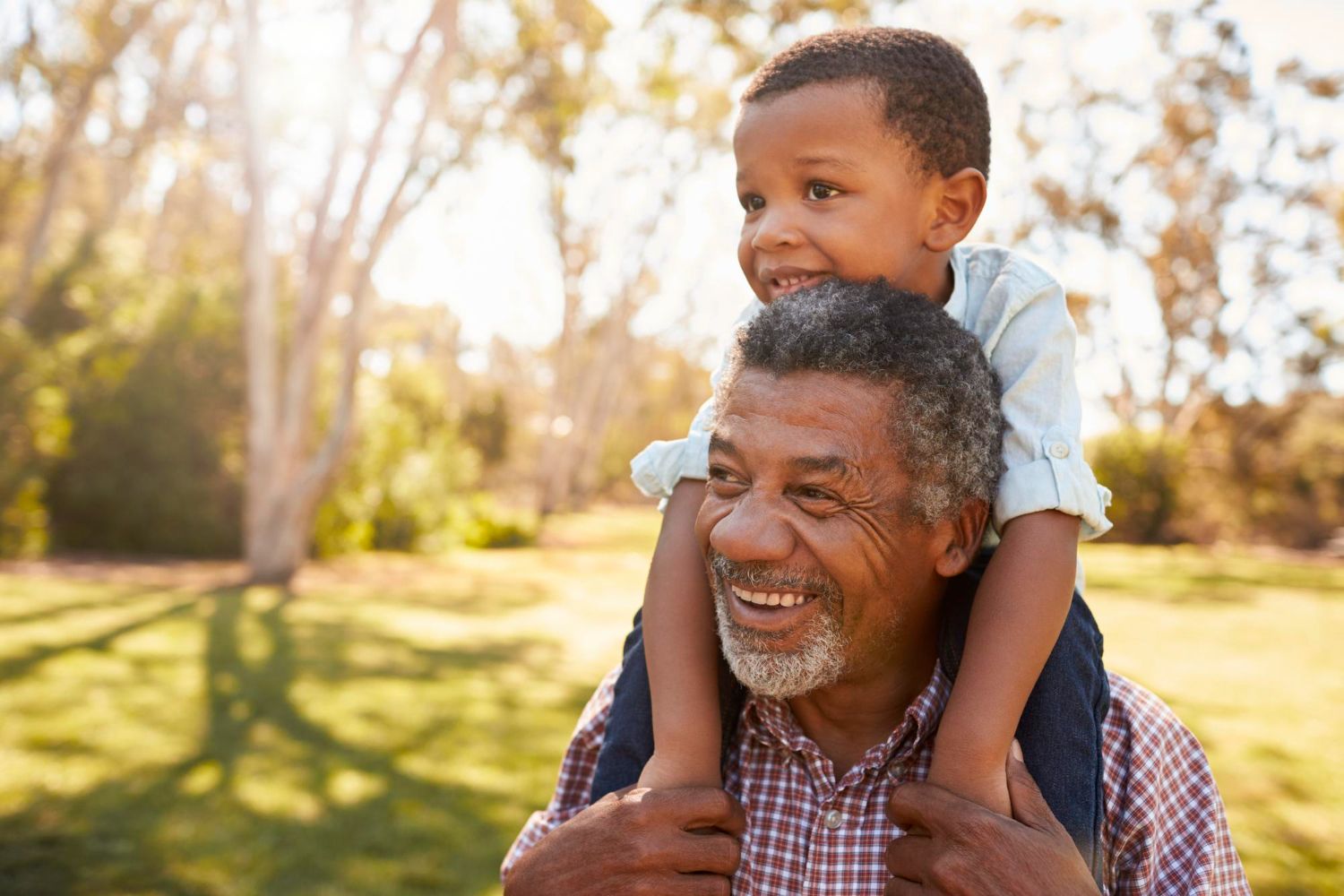The Psychology of Letting Go: How Downsizing Can Bring Freedom
Moving to a smaller space can feel scary at first. But downsizing isn’t really about getting rid of an armchair or deciding which dishes to keep. It’s about finding freedom you didn’t even know you were missing.
The Weight of “Stuff”
Think about your current home for a moment. How much time do you spend cleaning rooms you rarely use? How often do you worry about fixing that leaky faucet or maintaining the yard? All those possessions and responsibilities can feel heavy after a while.
Research shows that clutter affects our stress levels more than we realize. When we’re surrounded by too much stuff, our brains work overtime trying to process it all. That’s mental energy you could use for things you enjoy, like spending time with family, picking up a new hobby, or simply relaxing.
What Freedom Really Looks Like
When you let go of excess belongings, something amazing happens. You start focusing on what truly matters. Instead of dusting knick-knacks, you might find yourself reading that book you’ve been meaning to pick up. Instead of mowing grass, you could take a painting class or meet friends for coffee.
This shift is both practical and emotional. Many people discover that downsizing helps them feel lighter physically and mentally. They sleep better. They worry less. They have more energy for the people and activities they love.
The Memory Question
“But what about my memories?” This is probably the biggest concern people have about downsizing. Here’s the truth: your memories aren’t stored in your things. They’re stored in your heart and mind.
You don’t need to keep every photo, dish, or piece of furniture to honor your past. Instead, you can choose the items that bring you real joy and let go of the rest. Many families find creative ways to share meaningful items with children and grandchildren, creating new memories in the process.
Making Peace with Change
Change feels hard because our brains are wired to prefer familiar things. But here’s what’s interesting: once people make the move to a smaller space, many report feeling relieved and happier than they expected.
The key is to reframe how you approach downsizing. Instead of focusing on what you’re losing, think about what you’re gaining: less maintenance, lower expenses, and more time for the things and activities that make you smile.
Your New Chapter
Downsizing isn’t an ending; it’s a beginning. When you’re not spending your energy managing a large home and countless possessions, you free yourself up to write an exciting new chapter of your life story.
Start Your Next Chapter with Confidence
If you’re feeling ready to explore a simpler, more fulfilling lifestyle, we’d love to show you what’s possible. From vibrant senior apartments to thoughtful memory care, Claiborne Senior Living communities are here to help you or your loved one live well.
Explore our communities today and see why so many people find their home with us.















